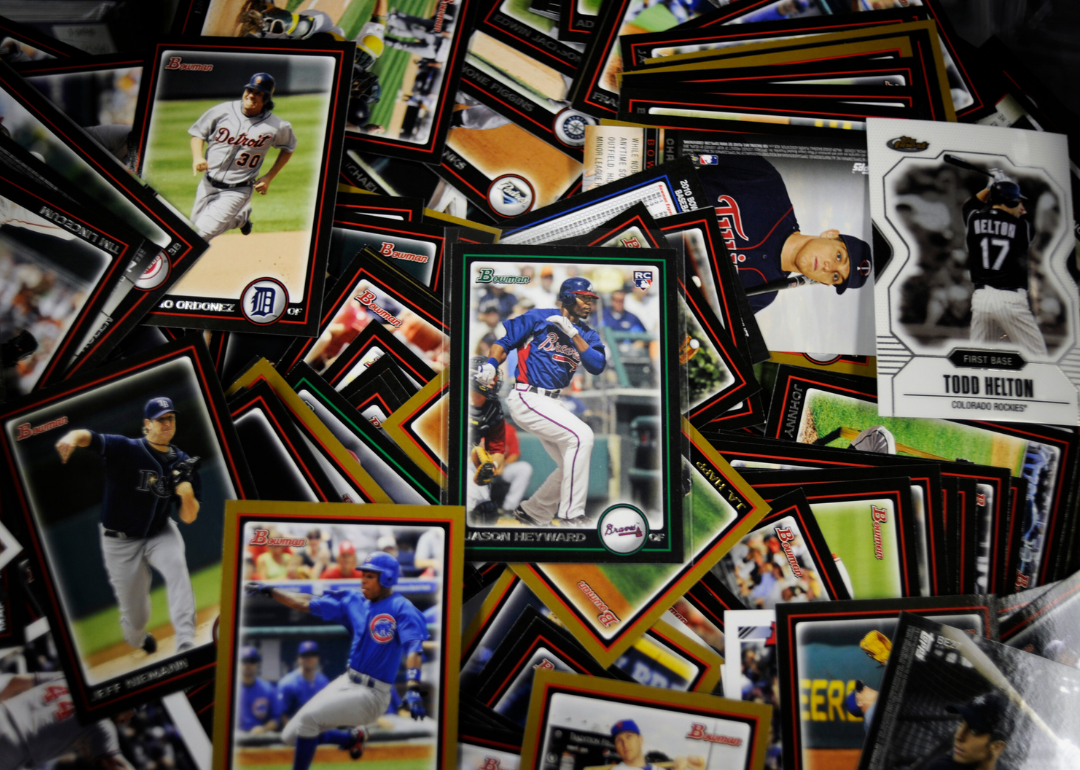
This story originally appeared on Midwest Cards and was produced and distributed in partnership with Stacker Studio.
The past, present, and future of sports cards
Most people view sports cards as one of two things: a hobby for little boys who worship sports heroes or a form of investment taken seriously by grown men. Neither is entirely accurate.
First, people of any gender can collect cards. Second, adult collectors get as much joy as potential profits when they purchase cards depicting their past and current favorite players.
There is also a misconception that sports card collecting is a dying hobby as kids gravitate to video games and social media, while adults pursue cryptocurrencies or even riskier athlete-endorsed non-fungible tokens (NFTs). While card collecting has had its ups and downs as a hobby and investment for generations, the popularity and value of cards—boosted by the pandemic—has skyrocketed in recent years.
Midwest Cards looked into the history of sports cards by researching news reports, historical summaries, and more to provide an overview of the past, present, and future of this booming industry. The trading card category grew by 142% in 2020, according to eBay. What’s more, the value of the global sports cards market is expected to grow from nearly $14 billion in 2019 to $98 billion in 2027—an average annual growth rate of 23%—according to a 2021 report from Research and Markets.
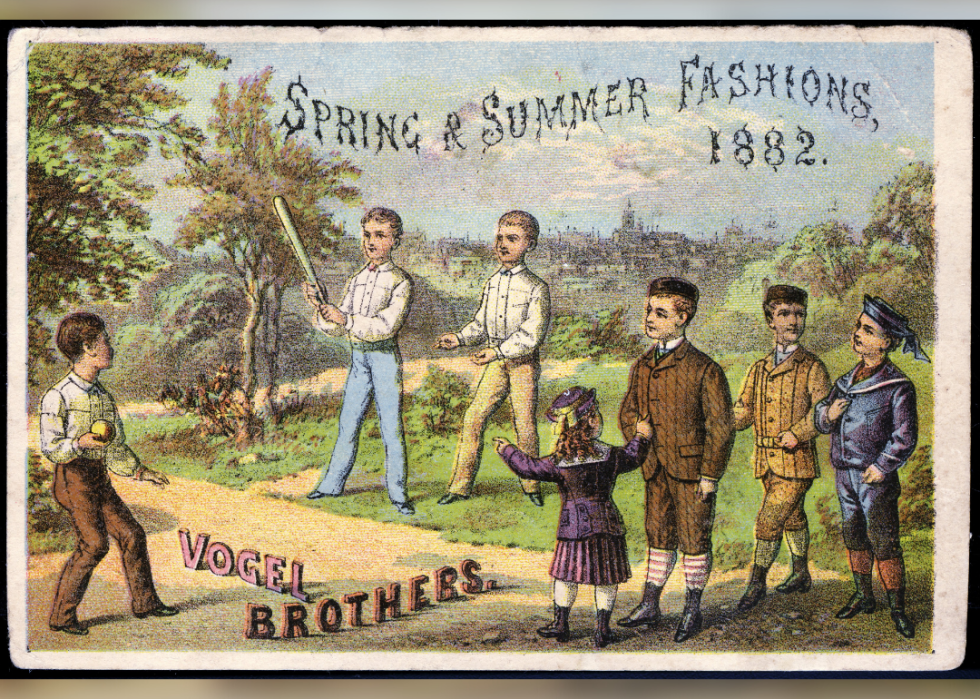
19th century: First baseball cards introduced
“Trade cards” go back to the 1600s in London, when they were handed out as store flyers, and surged in popularity in the late-1800s in the U.S., when American adults started collecting them. In the late 19th and early 20th centuries, baseball card collecting became especially popular.
Peck and Snyder, which printed ads for their baseball equipment on the back of the cards, came out with the first batches showing photos of the 1868 Brooklyn Atlantics and 1869 Cincinnati Red Stockings, the first professional team. Those cards, distributed free at the time, now sell for five figures apiece. Chromolithography allowed cards to be printed in full color beginning in the 1870s, and their popularity was further boosted in the 1880s when tobacco companies began printing them and including them in cigarette packs.
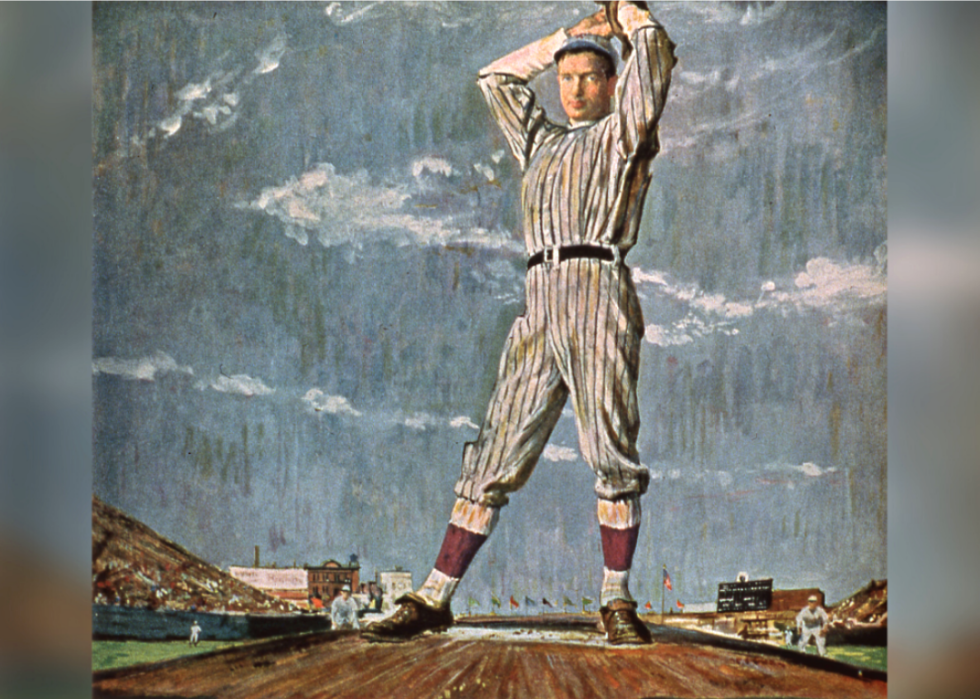
Early 20th century: Trading cards boom in popularity
The T206 Honus Wagner card inserted in tobacco boxes in 1909-1911 is the Mona Lisa of baseball cards. One of the estimated 60 in circulation fetched a record $6.6 million in 2021. That works out to more than $1.5 million per square inch for a piece of cardboard measuring 1 1/8 by 2 5/8 inches.
The surging popularity of baseball as “America’s pastime” for all ages prompted the makers of candy and then bubble gum to take a bite as well. Goudey Gum Co. pioneered the practice of inserting sports cards in their packs in the 1930s, and before long, kids were buying one-penny packages of sports cards that included a stick of gum, rather than buying gum for cards.
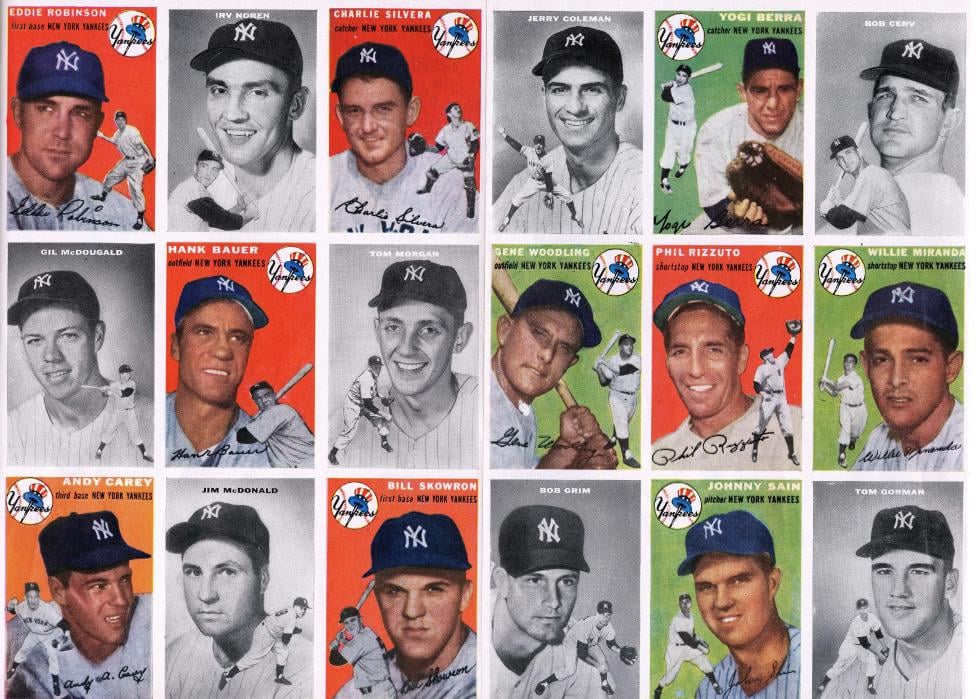
Mid-20th century: Topps breaks into baseball cards
Several gum companies were mass-producing baseball cards by the time Topps decided to stick it to them with its first major series of cards in 1952, a stunning set that put the gum sellers to shame. It was the largest collection (407 cards), the largest card size (2 5/8 by 3 ¾ inches), and the first time that baseball stats were printed on the reverse of cards.
These features made it the most popular sports card set ever produced, especially among kids at the time and collectors in later decades. The set brought sports card collecting into the modern era. It also put Topps on top among all competitors.
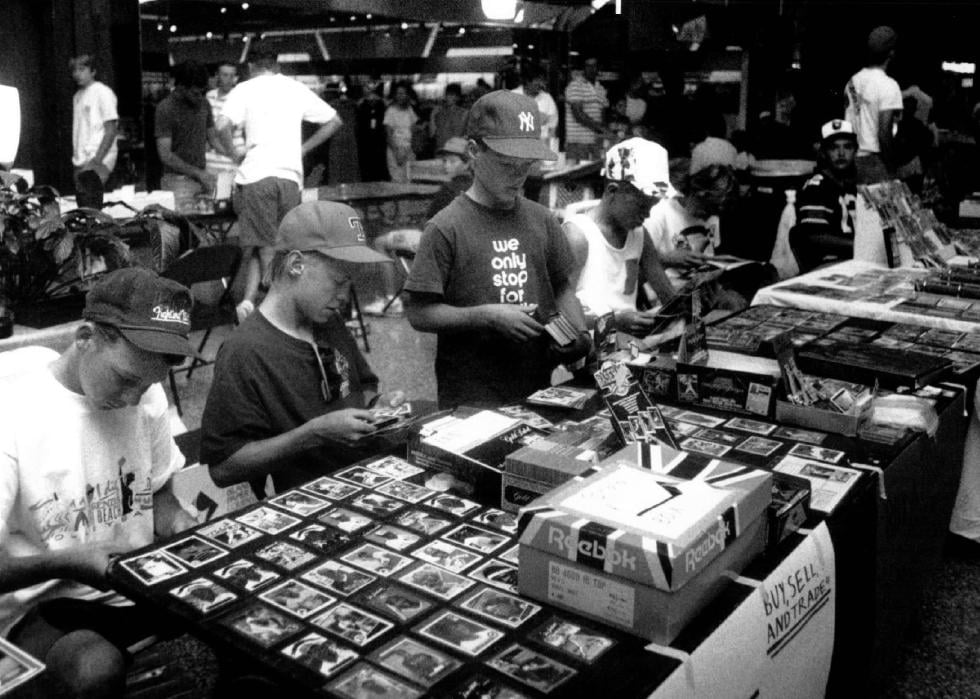
Late 20th century: Junk wax era takes hold
Just as too much bubble gum can ruin your appetite for real food, too many sports cards threatened to ruin the industry during the “junk wax” era of the late 1980s and early 1990s. Sports cards were so popular that manufacturers from Topps to Kmart flooded the market, rendering most cards worthless (except to kids who admired them for more than their monetary value).
Pro football and basketball card collecting also became very popular. But, except for rookie cards and rare cards in pristine condition featuring a star of the era, those cards even today are worth less than the gum they came with. So, if you collected cards as a millennial kid during the first Bush or Clinton administrations, don’t count on them as your investment backstop in retirement.
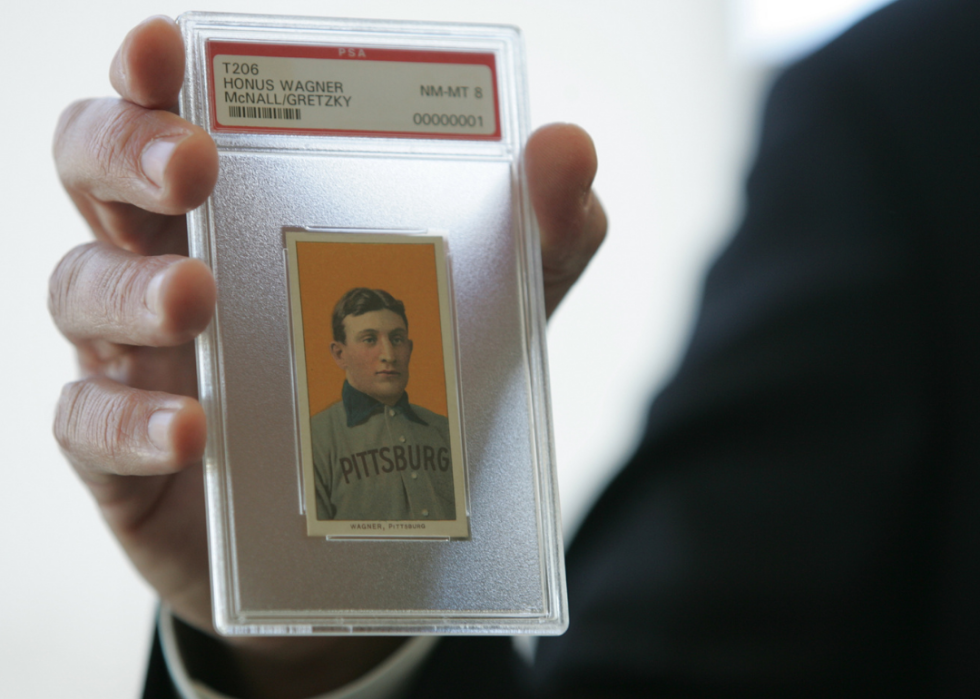
21st century: Sports card values surge
Sports cards have experienced several slumps in popularity since they were first made more than 150 years ago. But like many players, they have emerged from those slumps stronger than ever. We are now riding the wave of the latest surge, especially among adult collectors who are driving up their value like stock investors bedazzled by the latest IPO.
For example, a T206 Honus Wagner card that sold for $1,300 in 1974 and $23,000 in 1984 auctioned for $2.1 million in 2013 and $3.1 million in 2016. It’s now worth more than $6 million. And in 2021 alone, the record amount paid for a single sports card jumped from $3.93 million to $5.2 million to $6.6 million. According to one sports card company president, the value of cards—especially basketball cards—has jumped 30% to 1,000% in the last few years, which he attributes largely to the COVID-19 pandemic keeping so many collectors at home.

Present: Celebrity collectors get in on the sports card market
The king of sports cards, the T206 Honus Wagner, is often called the Gretzky T206 Honus Wagner card because hockey legend Wayne Gretzky bought one for $451,000 in 1991, increasing its appeal. Now, it seems, buying pricey sports cards has become as trendy among celebrities as pricey sports cars.
Leading DJ Steve Aoki has a valuable collection and owns an L.A. card shop. Snoop Dogg, Mark Wahlberg, Bryan Cranston, Charlie Sheen, and Rob Kardashian are also avid collectors. So is Drake, who—in a case of the rich getting richer—found a Michael Jordan card in a box of cards he purchased for $46,000 that may be worth $1 million.

2022 and beyond: What does the future hold for sports cards?
Is the resurgent interest in sports cards and their skyrocketing value a bubble that’s ready to burst? That’s the billion-dollar question as cards sell for ever-higher prices.
Shock waves reverberated throughout the sports collectibles world when Fanatics—the sports gaming, apparel, and collectibles behemoth—secured the rights to all MLB, NBA, and NFL sports cards in 2021. Just a few months later, the company purchased industry leader Topps, which has been making baseball cards for 70 years. Those licensing deals will go into effect between 2023 and 2026. Most experts believe the Fanatics transaction will have a positive effect on an industry that was already doing so well that it’s expected to more than quadruple in the next few years.



